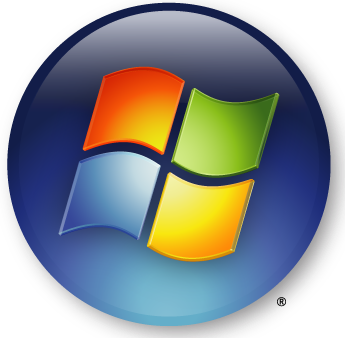Tech Sense: New Year Potpourri
- John Bell
- Feb 1, 2018
- 4 min read

This month we will cover several topics. First, it is time to change all of your passwords again. Remember to use a different password for each website and make sure your passwords are at least 12 characters long with a mix of numbers, upper- and lower-case letters, and symbols. My recommended technique can be used to generate secure passwords for most websites. This technique requires us to create rules for creating passwords. Your rules should be different from the ones shown in the example here:
Step 1: Select a phrase you will remember that is seven words or longer—the phrase I will use is: "endowed by their Creator with certain unalienable rights."
Step 2: Create a rule to pick letters from this phrase—Rule: Pick the third letter of each word longer than two letters. This gives us "deetrag."
Step 3: Create a rule to upper case letters—Rule: Uppercase every vowel, as in "dEEtrAg."
Step 4: Pick a number at least two digits long that changes each year—Rule: Years since John Glenn's first orbital flight: 2018-1962 = 56
Step 5: Rule: If special characters are allowed then use the digits selected above "5 and 6": %^
Step 6: Rule: use the first 3 and the last character of the website name—amazon.com then use "aman"
Step 7: Combine these to make your new secure password: dEEtrAg56%^AmAn
Of course, you can mix and match rules as you please to make sure your passwords are unique. At first, it may be hard to remember the password, but you can write down the rules you are using and recreate the password for any site. I also suggest using a different phrase for more sensitive sites like banking and financial institutions.
Windows Fall Creators Update
Microsoft is now pushing the Windows 10 Fall Creators Update to everyone. This update, also known as 1709, may take hours to install. It is best for you to leave your computers on at night until the update has been installed. Not all Windows computers will be receiving this update because certain computers with the Atom CPU's are now considered too slow to support the new version of Windows. These computers will continue to be supported running the previous version of Windows 10 until 2021.
Spectre and Meltdown
In the last couple weeks, the news has been talking about two CPU vulnerabilities, Spectre and Meltdown. These vulnerabilities are caused by issues with the design of the hardware that runs your computer. It does not matter if the computer is a Windows computer, Linux, or a Mac. The problem allows information that is in memory to be read by malware programs. This might include passwords and security keys. None of these malicious programs have been observed in the wild at this time, and Intel and Microsoft are already starting to push fixes out to machines. Some of these fixes may cause your computer to run a little bit slower. It seems that computers using AMD processors are not affected. While these are potentially serious flaws, there is no reason the average computer users to be seriously concerned at this time. The most vulnerable users are the large cloud-based servers running virtual machines.
Free Software
As many of you know, I am a big fan of free and open-source software (FOSS). Because I have configured several computers around the house this week, I thought I would share my list of always-added desktop software.
LibreOffice
First is the office suite LibreOffice (https://www.libreoffice.org). LibreOffice split from OpenOffice when Oracle purchased Sun Microsystems. Since then, LibreOffice has significantly improved the code and added features. The suite is mostly compatible with Microsoft Office with the ability to read and write MS-Office files. It includes a word processor, spreadsheet, database, drawing package, presentation software, and an equation editor. The current version is 5.4.4.
Inkscape
Inkscape is a vector drawing program that gives the ability to create Scalable Vector Graphics (SVG) images. The current version is 0.92.2 and can be found at https://inkscape.org. Think of this as a free alternative to Adobe Illustrator or CorelDraw.
GIMP
GIMP is the Gnu Image Manipulation Program. It is free software that can be used like Adobe Photoshop to create pixel-based images or edit photographs. It supports a large number of special effects allows the use of scripting to create your own effects. The current version is 2.8.22 and can be found at https://www.gimp.org.
7-Zip
Windows has been able to create and extract zip files natively for many years now. Still, many people use WinZip to do this. A FOSS option is 7-Zip. What 7-Zip does that Windows does not do is allow you to encrypt the contents of the file archive. This is how I securely send files through email. I create and archive using 7-Zip and tell 7-Zip to encrypt it giving it a password. I then send the file and call the recipient to tell them the password. The current version of 7-Zip is 16.04 and can be found at http://www.7-zip.org.
VLC Media Player
VLC is a free and open-source media player. VLC allows the computer to play streaming video from CD, DVD, media files on your PC, and media sources on the web. It will also convert one media file format into another (called transcoding). Microsoft dropped a lot of its media playing capability when it released Windows 10. VLC brings it all back. The current version of VLC is 2.28 and can be found at https://www.videolan.org/vlc/index.html.
There is a lot of open-source software out there. These are just the ones that I install on every Windows machine. These applications are also available to run on Linux, and most work on the Raspberry Pi as well.






Comentários